The Chinese military leaders appear alarmed by the novel tactics employed by the US Air Force (USAF). In particular, the USAF’s efforts to launch cruise missiles out of cargo aircraft have been perceived as a worrying development by military experts in China.
Last year, in November, two USAF MC-130J Commando IIs successfully conducted a live-fire demonstration by deploying Joint Air-to-Surface Standoff Missiles (JASSM) over Norway, using the Rapid Dragon Palletized Weapon System.
Rapid Dragon is the name for the USAF’s program aimed at acquiring the capability to launch long-range missiles from cargo pallets dropped out of the back of cargo aircraft like the C-130J Hercules/MC-130 Commando II and C-17 Globemaster III.
The pallets carrying missiles are dropped down from the cargo plane’s ramp mid-air, after which the parachutes slow their fall, turning vertical. An electronic control box on each pallet releases the missiles one after the other.

“An MC-130J is a perfect aircraft for this capability because we can land and operate from 3,000-foot highways and austere landing zones whereas a bomber cannot,” said Lt. Col. Valerie Knight, 352d SOW mission commander after the successful Rapid Dragon test in November.
The next month, the USAF carried out another test over the Gulf of Mexico at the Eglin Air Force Base Overwater Test Range, which involved firing an unspecified cruise missile armed with a live warhead using the Rapid Dragon Palletized Weapon System to hit a target.
An MC-130J Commando II dropped the palletized weapon system to launch the cruise missile, which deployed a parachute to arrest itself before releasing a cruise missile from its bottom side.
“The cruise missile hit its target and destroyed it instantly,” said the Air Force Research Laboratory (AFRL), which is leading the Rapid Dragon program through its Strategic Development Planning and Experimentation (SDPE) office.
Chinese Military Experts Alarmed
Amid these Rapid Dragon tests, an article appeared on November 22 in the Science and Technology section of China National Defense News, authored by Xi Qizhi.
According to Derek Solen, a senior researcher at the USAF’s China Aerospace Studies Institute, ‘China National Defense News’ is a sister publication of the PLA Daily, the mouthpiece of the Chinese Communist Party’s (CCP) Central Military Commission, which is equivalent to the US Defense Department.
Xi noted that during the war, transport aircraft carry out far more sorties than bombers, and it is difficult for opponents to track them closely, so when a transport plane loaded with palletized ammunition flies to launch stealth cruise missiles outside the defense circle, it is generally challenging to be detected and discovered.
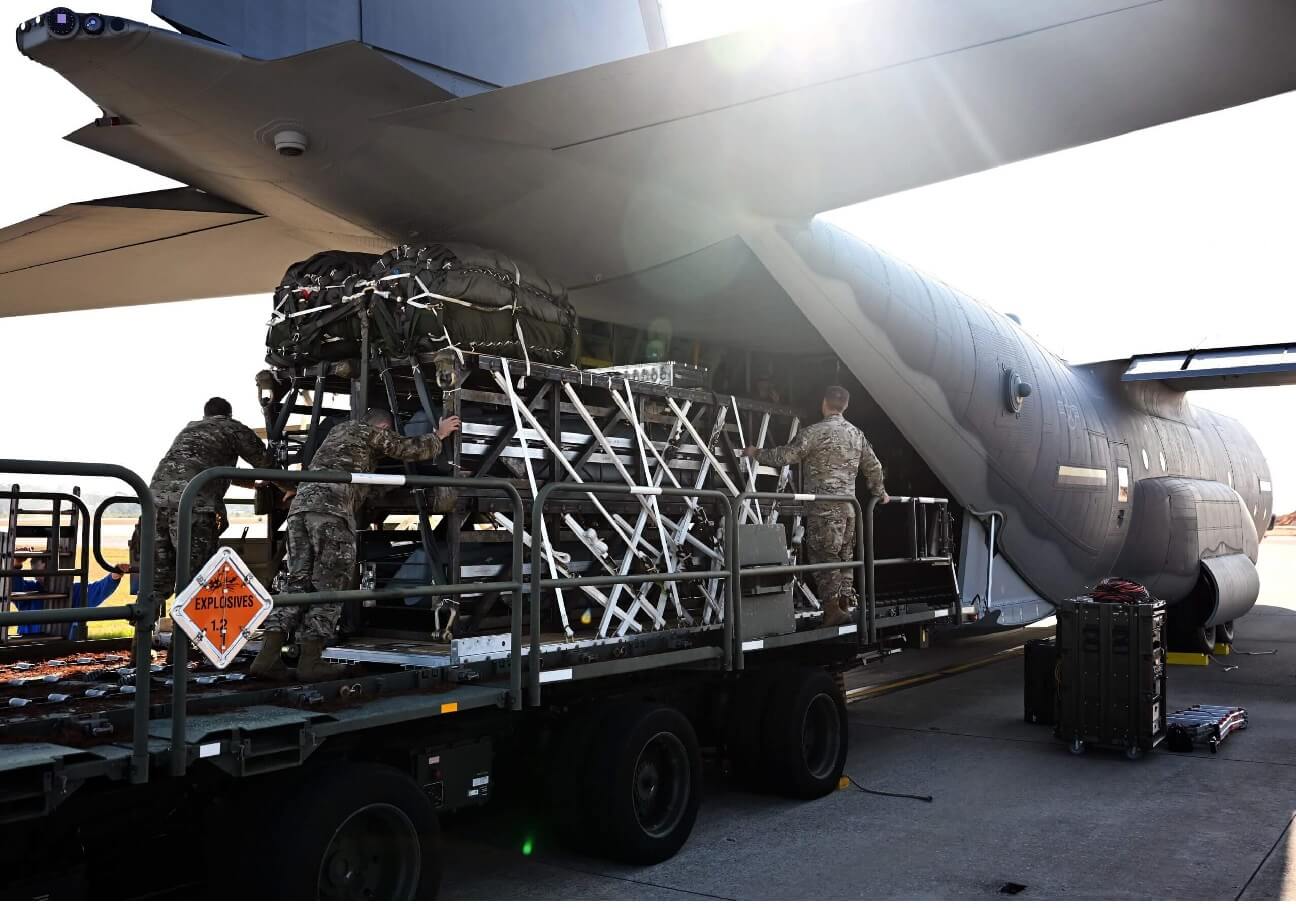
Xi further suggested that the transport plane could undertake the strike mission on the way back after transporting materials from the rear to the front.
“It is foreseeable that once the palletized ammunition is installed on a large scale, the distribution of strike tasks by the US military will be more flexible, and the surprise of strikes will be greatly enhanced,” wrote Xi.
Xi also talks about the larger ammunition load that these transport aircraft can carry, saying, “Compared with the bombers in active service in the US military, the tray-type ammunition can make full use of the space in the carrier cabin and does not require a specific pylon.”
As per the original idea, a C-17A transport aircraft can carry four boxes of nine AGM-158B cruise missile pallets, while the MC-130J transport aircraft can load up to 10 according to the pallet type.
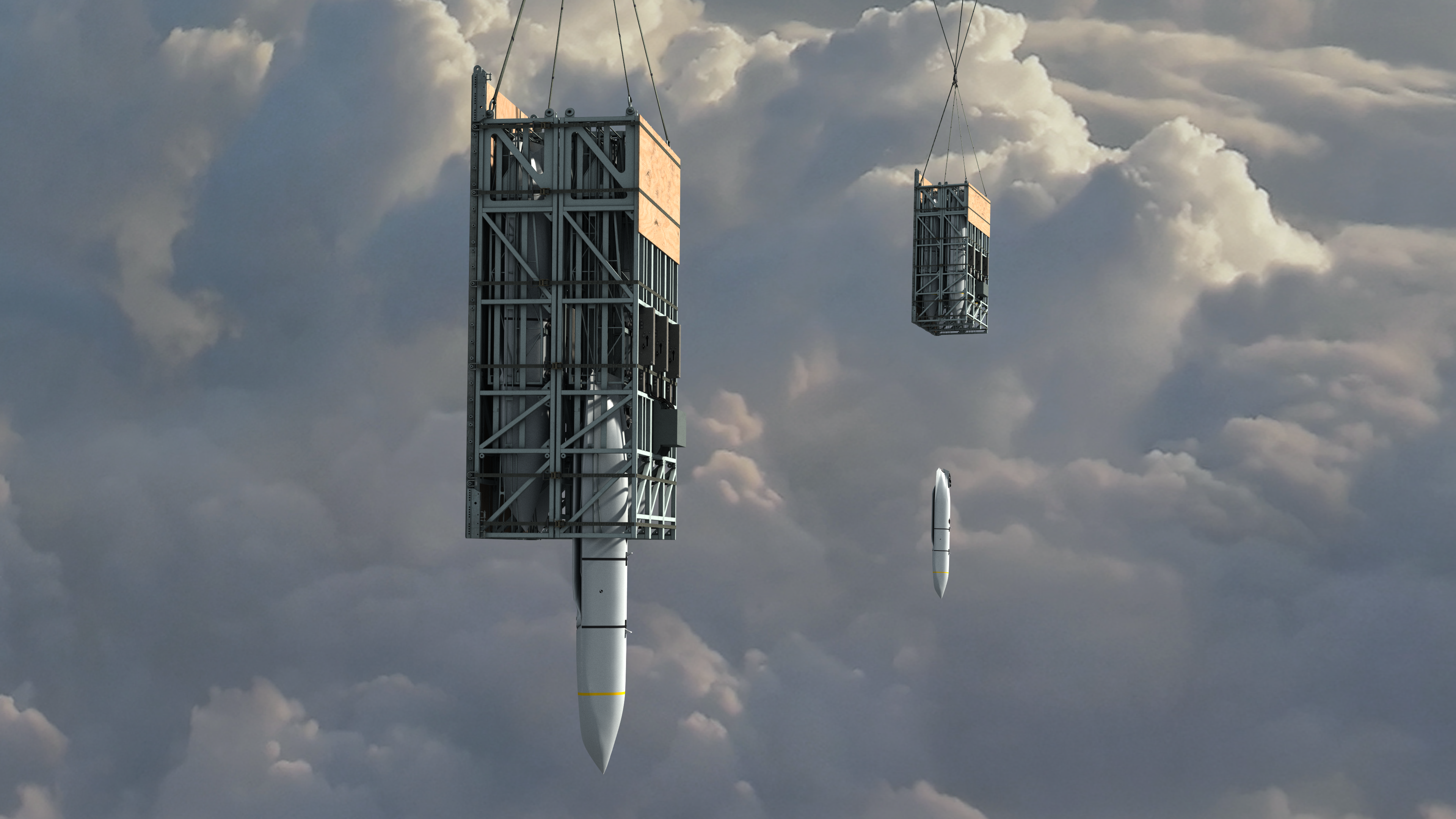
So, assuming that three C-17s are used for bombing, up to 108 AGM-15Bs can be launched at Chinese military targets, while in the case of the MC-130, a single aircraft can deploy around 90 such missiles.
Meanwhile, the US Marines, Navy, and USAF bombers and fighter jets can conduct their own separate yet complementing operations, as discussed in a previous EurAsian Times article.
“It can not only bomb the same target multiple times to break through the defensive circle; it can also bomb multiple targets with multiple bombs and attack and penetrate the defense in multiple directions,” Xi wrote.
Overall, Xi’s concerns are that using transport aircraft for deploying cruise missiles can provide the US military with increased flexibility, an element of surprise, and the ability to overwhelm Chinese air defense systems with many missiles.
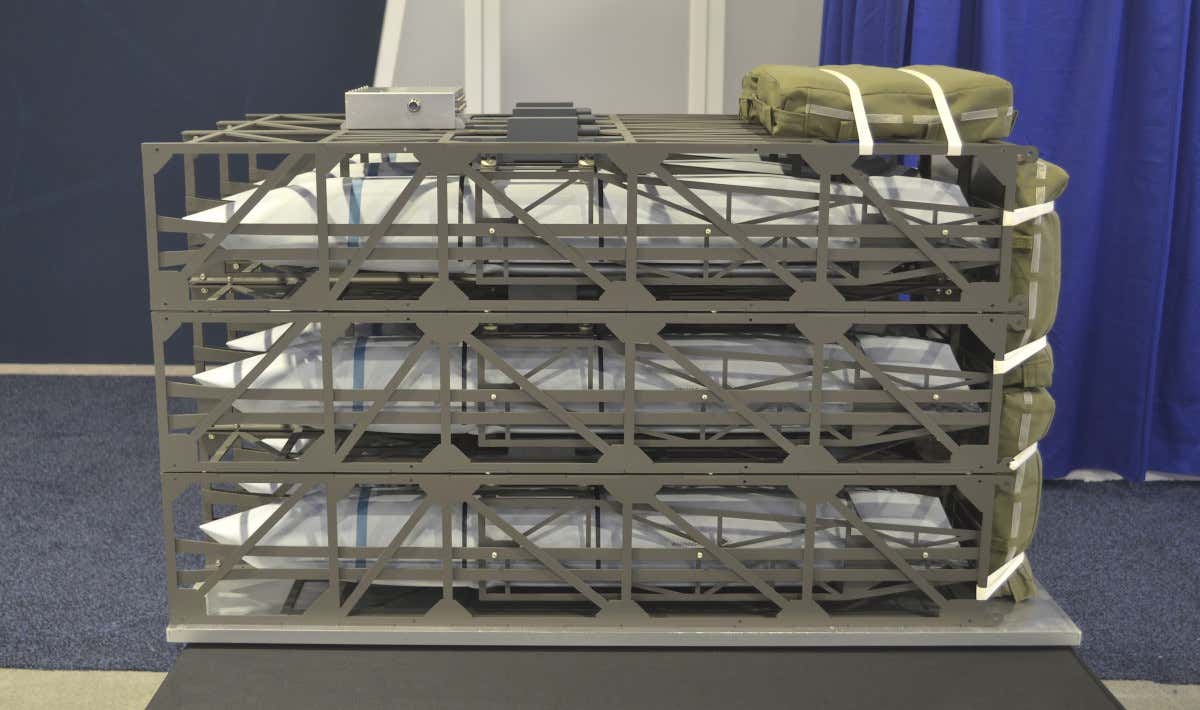
Indeed, those are the objectives of the palletized munitions, according to the AFRL’s website page about the Rapid Dragon program, which says that “rapidly deployable palletized munitions can saturate the airspace with multiple weapons and effects, complicate adversary targeting solutions, help open access for critical target prosecution, and deplete an adversary’s air defense munitions stockpile.”
However, Xi’s worries do not end here. He is also concerned by the proliferation of C-130s and how easily the US can convert the transport aircraft of its allies and partners in the Indo-Pacific into missile carriers.
US Could Modify The Cargo Planes Of Allies And Partners Into Bombers
More than 40 countries fly the C-130 Hercules, said the USAF in the press release following the successful completion of Rapid Dragon’s live-fire demonstration in November 2022.
“It’s really easily exportable to our partners and allies around the globe that may want to increase the utility of their air force. When you look at partner capability, we have a lot of partners in the world that don’t have heavy bomber-type platforms that would be traditional carriers of those types of munitions, but they’ve got plenty of C-130s increased around the world,” said Lt. Gen. Jim Slife, AFSOC commander, during a recent Air and Space Force Association event.
“With the help of this technology, the United States can quickly modify bombers for allies equipped with transport aircraft, which provides options for the United States to exert influence in the region, win over allies, and deter opponents,” wrote Xi.
For example, the Royal Australian Air Force (RAAF) also operates 12 C-130 Super Hercules and eight C-17 Globemaster aircraft. As EurAsian Times discussed earlier, Australia has been investing in long-range strike capabilities to counter China’s growing threat to its security.
Low enough? C-17 making a low pass over Brisbane, Australia ✈️
? amysacook #aviation #aviationdaily pic.twitter.com/XSVrgSTaTC— AviationIsh (@aviationish) November 16, 2022
Although China is 7,400 kilometers from Australia, Canberra perceives Beijing as a threat. It remains concerned about China’s growing military capabilities and the prospect of getting dragged into a more significant US-China conflict in the Indo-Pacific region.
Experts note that the presence of US military facilities in Australia, such as the Northwest Cape and Pine Gap, makes Australia a target of long-range strikes from China in a Sino-American conflict over Taiwan.
While Australia has already purchased JASSM-ER (Joint Air-to-Surface Standoff Missile – Extended Range) missiles to equip its F-35A Lightning II jets, allowing the RAAF to engage targets at a range of up to 900 kilometers, the effective combat radius of the F-35A is only about 1,000 kilometers. With a tanker aircraft, it could be extended to around 1,500 kilometers.
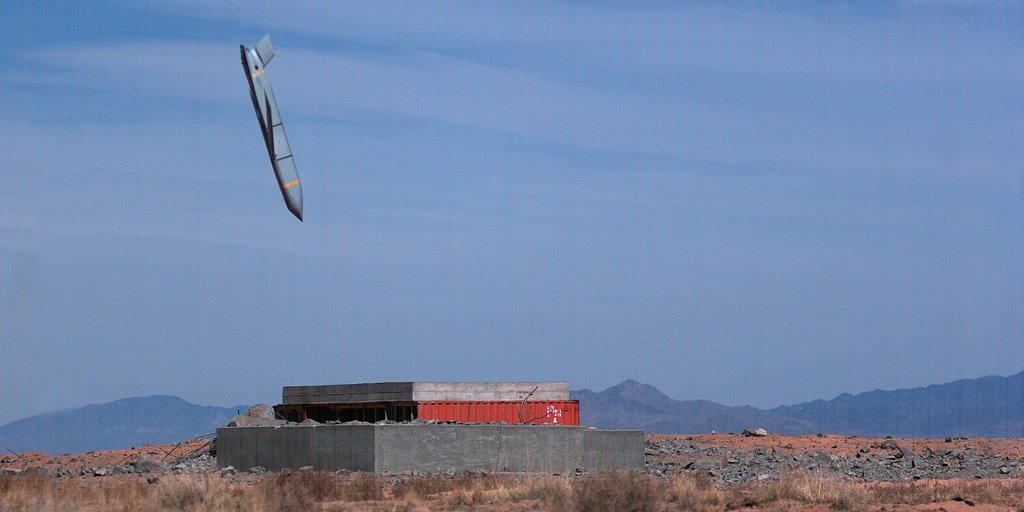
It means that even if the F-35As are armed with JASSM-ER missiles, the RAAF could only engage targets up to a maximum range of 2,500 kilometers, which is not enough to cover all of China.
China already has long-range strike capability over all of Australia, including long-range bombers and missiles that could take out the F-35As on the ground before they are even put into action.
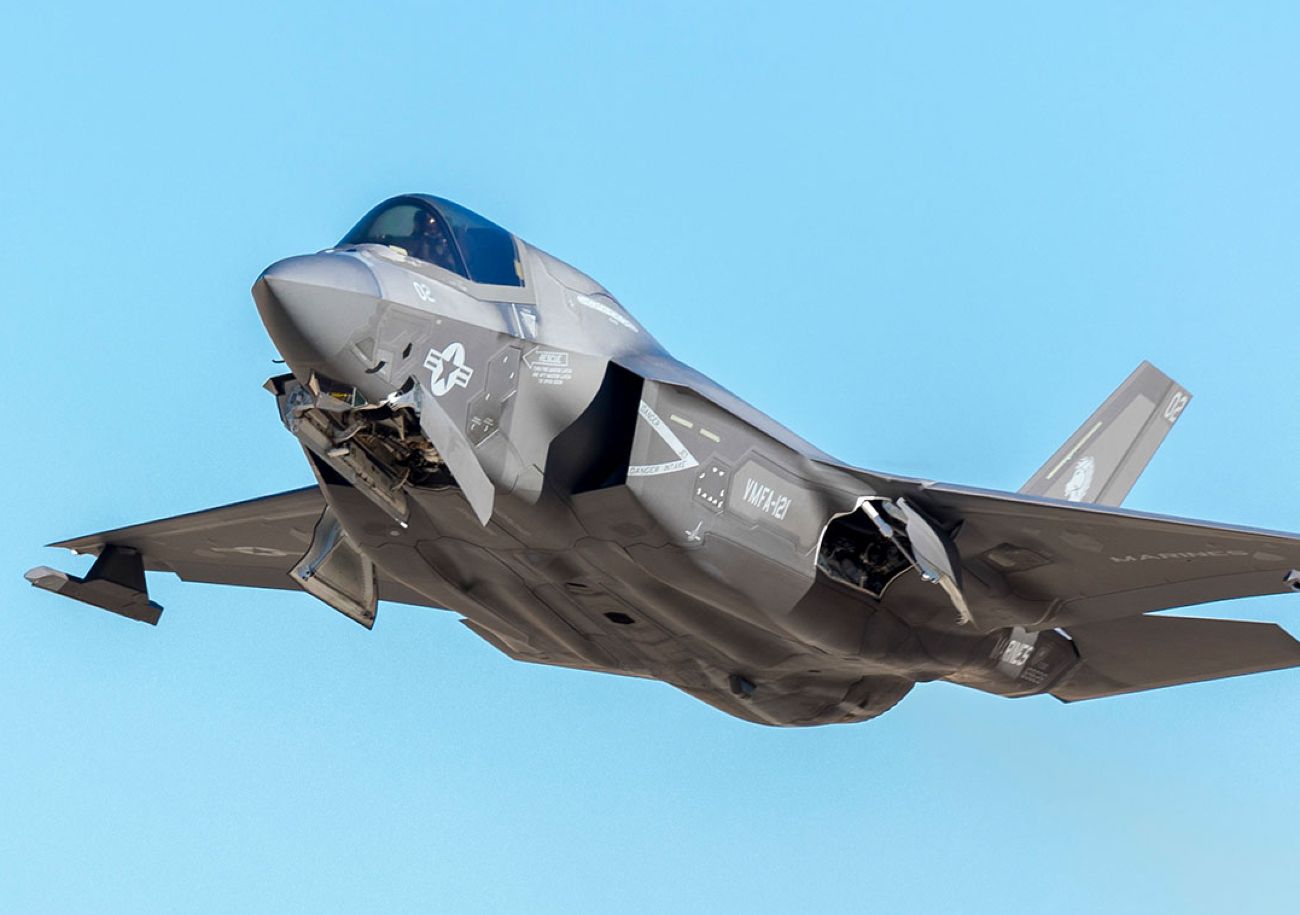
Therefore, experts in Australia are suggesting the country should consider acquiring the advanced B-21 stealth bombers from the US. However, the Raiders would come at a massive cost, with an estimated price of around $25–28 billion for a squadron of 12 aircraft.
Instead, the C-17s and C-130 aircraft, with their ranges exceeding 4,000 and 3,000 kilometers, respectively, could be a cost-effective solution for Australia, as palletized munitions can be added to these aircraft with little to no modification or any special crew training.
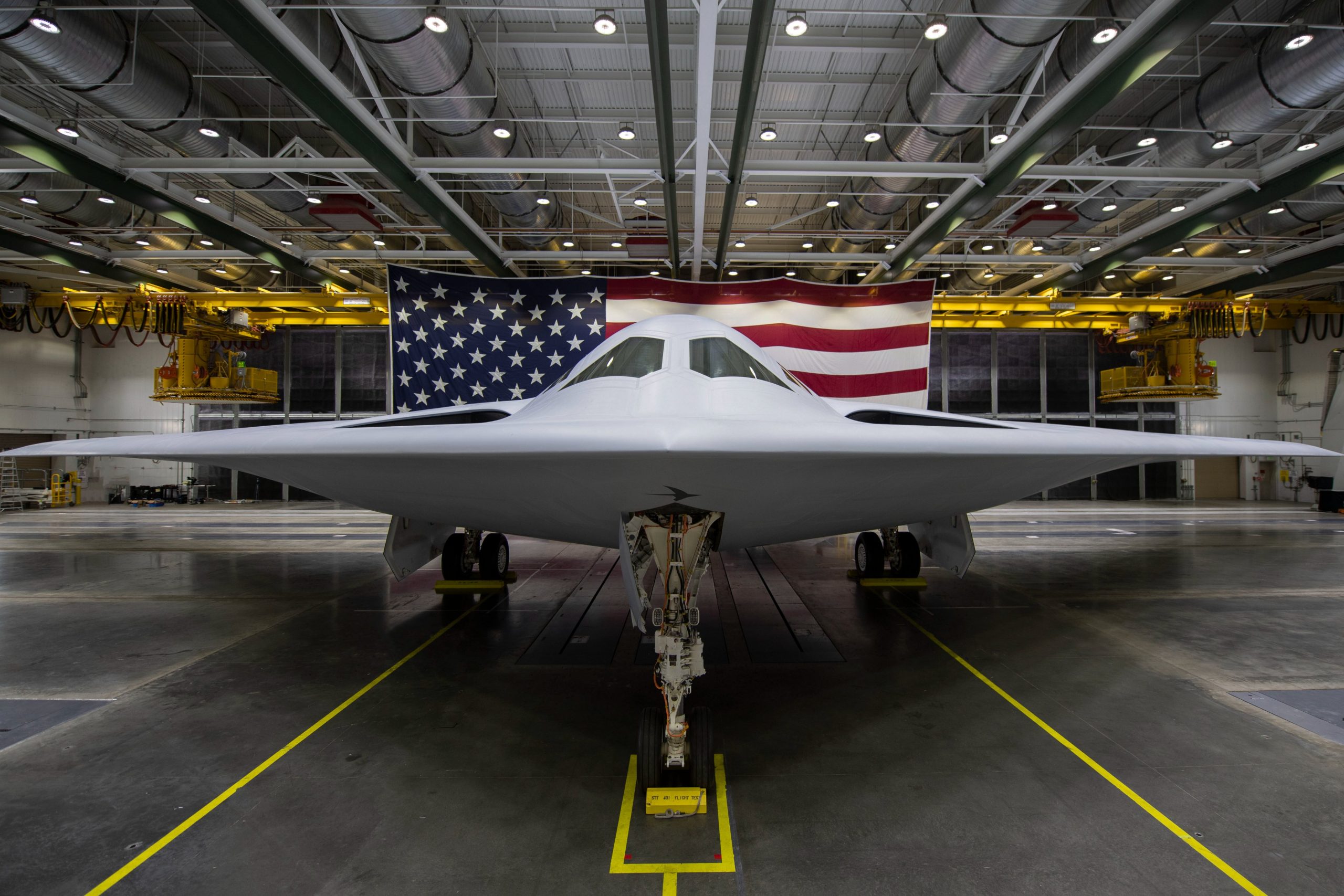
However, it is doubtful these transport aircraft can cover all of China, considering their vulnerability to air defense systems, but they could probably expand the scope of Australia’s long-range capabilities much more than the F-35s.
The Indian Air Force (IAF) also operates a fleet of 12 C-130 Super Hercules and 11 C-17 Globemaster aircraft. India is one of the major partners of the US in the Indo-Pacific region and shares concerns about the threat from China’s growing belligerence.
However, India does not operate the JASSM missiles, so it may have to explore the possibility of developing its own palletized solution for its long-range BrahMos air-launched cruise missiles (ALCMs), possibly with US assistance.
The IAF’s C-17s and C-130s loaded with palletized BrahMos missiles could take out targets inside Pakistan and China from stand-off ranges and, in some cases, even from inside the Indian airspace.
- Contact the author at tanmaykadam700@gmail.com
- Follow EurAsian Times on Google News




